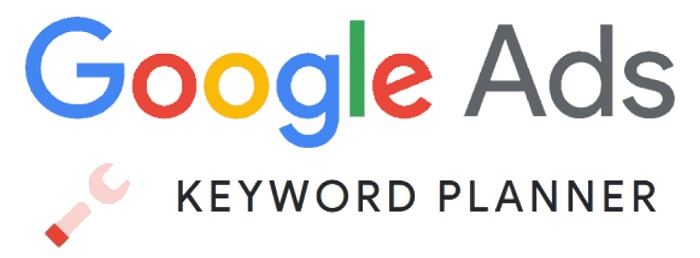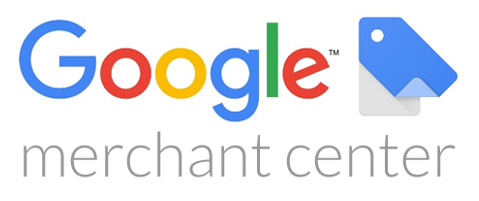
 en
en  Español
Español  中國人
中國人  Tiếng Việt
Tiếng Việt  Deutsch
Deutsch  Українська
Українська  Português
Português  Français
Français  भारतीय
भारतीय  Türkçe
Türkçe  한국인
한국인  Italiano
Italiano  Gaeilge
Gaeilge  اردو
اردو  Indonesia
Indonesia  Polski
Polski Successfully using Google Ads is not just about putting together a proper ad campaign. It also includes understanding the strategies used by other market players. Examining who competitors are in Google Ads can help gain insight into their strengths and weaknesses, budget allocation, and this information can be used to improve the performance of one's own Google Ads campaigns. This article will cover how to analyze competitor monitoring, using Google tools, as well as other services for Google Ads analysis.
Manual SERP analysis allows for greater nuances in understanding the competitor’s strategies, their approaches regarding advertisements, as well as target audiences.
Some of the key methods of analysis are:
For reliable analysis about a competitor’s base in focus areas, consider regional configurations like the following:
Monitoring competitors' Google AdWords allows you to evaluate how they tailor their promotional content to specific search queries. Following the ads, their impression frequency, ad extensions, and locations helps understand competitors' advertising savviness, control spending, and enhance advertising results.
It is advisable to take a snapshot or log, note important details in an observation journal, and make tweaks to strategy in order to improve the quality of analysis. This makes it easy to take quick actions in response to changes.
So, to answer the question “how to see competitors google ads” we will explore most reliable tools presented on the market nowadays. Google’s proprietary tools are fantastic for obtaining valuable insight on keywords, average bids, and how well other advertisers are competing.
The use of Google’s official tools goes a long way in increasing efficiency including enabling ease in the management of marketing campaigns in the following ways:
Businesspeople, PPC specialists, marketing agencies, and analysts now utilize these solutions actively to enhance the effectiveness and profitability of their advertising endeavors.

The Keyword Planner enables the evaluation of the popularity of specific queries. Furthermore, it allows you to:
Through a detailed assessment of the contextual advertisements on a site, it is possible to find out which thematic words will be the best in terms of conversion.

Using this instrument, sellers can share and edit the product’s information on Google Shopping, as well as research the market for competitors ads. Consequently, market offers can be gauged against the competitors and ways of improving competitiveness can be established.
Key Features of Merchant Center:
Merchant Center helps tailor your proposals to suit the market, hence enhancing competition and widening the market scope.

This tool generates optimal click bids and understands the effects of changing the budget on the visibility and efficiency of ads which helps in deeper understanding of adWords competition. It permits cost analysis at disaggregated levels and making choices which will have maximum effectiveness.
Main characteristics:
To effectively manage a campaign, it is imperative to use all available analytical tools in unison. This ensures an unbiased evaluation of relevant metrics and investment opportunities. Such figures as conversion of the key queries and cost of one thousand impressions can be used to reallocate the budgets towards the most efficient strategies. It prevents undesirable outcomes and enhances the return on investment.
Ahrefs and SEMrush stand out as two of the most utilized services for understanding what works best and how to plan your campaign most efficiently.

Ahrefs offers more than just analytics, but also monitors strategies and promotion performance through:
In order to analyze a given site’s contextual advertising and figure out what pages are receiving traffic through paid advertisement:
Look for relevant phrases and other relevant parameters, such as estimated traffic to the domain.
This section allows you to find organic keywords utilized by competitors within their campaigns.
Use the filtered search keys and compare them with the other market players' paid advertising projects.
You can also access and review competing projects' backlink profiles:
This information will be useful in finding partners for advertising and places to put your links.
The Top Pages function enables identification of the pages with the highest traffic volume:
Analyze their advertisements to determine the version pieces which were created and where to pay attention when developing the advertising promotion strategy.
Ahrefs has the ability to monitor changes in competitor’s campaigns and study these changes over time:
These information filters should be used to reconfigure your campaigns in relation to the other advertisers campaigns.

The SEMrush service is able to provide a detailed list of keywords, the text documents used, and the campaigns of its competitors within your industry vertically.
In the Domain Overview section, both paid and organic traffic information is available, helping asses which key phrases serve others best:
In the Paid Traffic section, the target words used for promotion, competition levels for them, and budget estimates are exhibited. This information is valuable in strategy comparison and assessing one’s own promotion plans.
The maximum outcome providing target words for competing projects is the finding of this service:
These details will help enhance the phrases to raise the ROI from your advertising efforts.
In the Ad Position Tracking area, one can assess which of their ads ranked top by the highest occurrence in the search results:
How to analyze competitors:
This information enables the comprehension of the market participants' strategy and helps devise more effective initiatives for marketing.
One of the strengths of SEMrush is that it allows you to analyze publication texts to gauge how different companies are strategically placed against each other:
Leverage this information to come up with captivating advertisements that will ensure the top position of the search results.
Advertising Trend is a section that helps to keep track of the dynamics of volumes of keywords, budgets and market shares of competitors. It increases efficiency of advertising campaigns by ensuring that the correct changes are made at the right time.
Advertising Trends feature functions:
Indeed, Advertising Trends permits the identification of new promotional strategies to widen the reach of the advertisement, along with ensuring that the advertising remains effective. Regular analysis makes it possible to identify new opportunities and add them to the strategy beforehand. This strategy aids in responding to changes quickly and in a cost-effective manner.
Competitor analysis of Google ads contextual advertising with specific tools must be properly done to create profitable campaigns. Google tools like the Keyword Planner and CPC Simulator provide the necessary data on the relevant phrases and rates of a focused phrase while Ahrefs, and SEMrush give comprehensive traffic and strategies analysis using third party services.
The brand will be able to reduce the ad spend, increase ad impressions, get better ROI, and improve the position of the brand in the market through continuous ad monitoring and integrating the data received.
Comments: 0